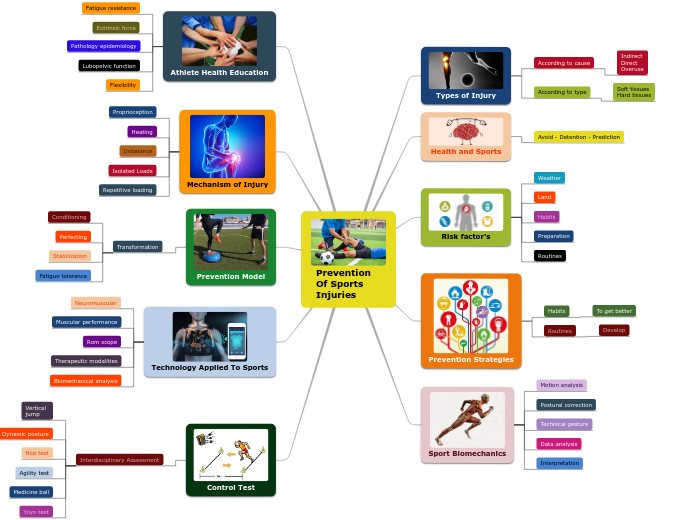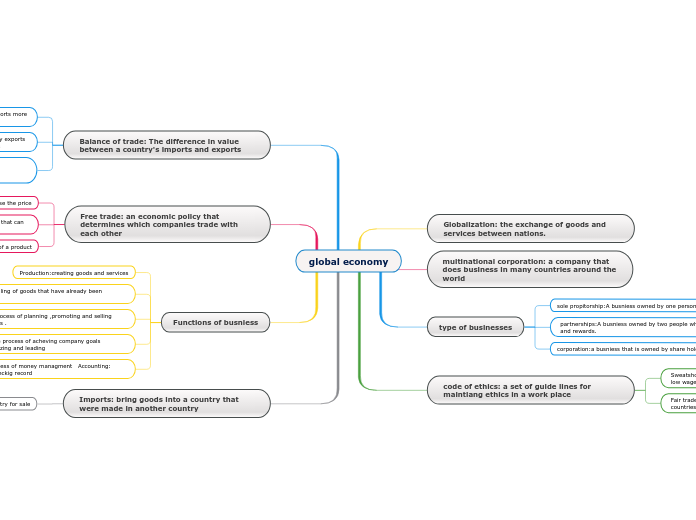przez Nadine Dunstone 4 lat temu
881
Cyberbullying: 1. Social aggression towards a victim using a digital device 2. Intent to cause harm to the victim 3. Involves a real or perceived imbalance of power between the victim and perpetrator (Redmond et al., 2018)









